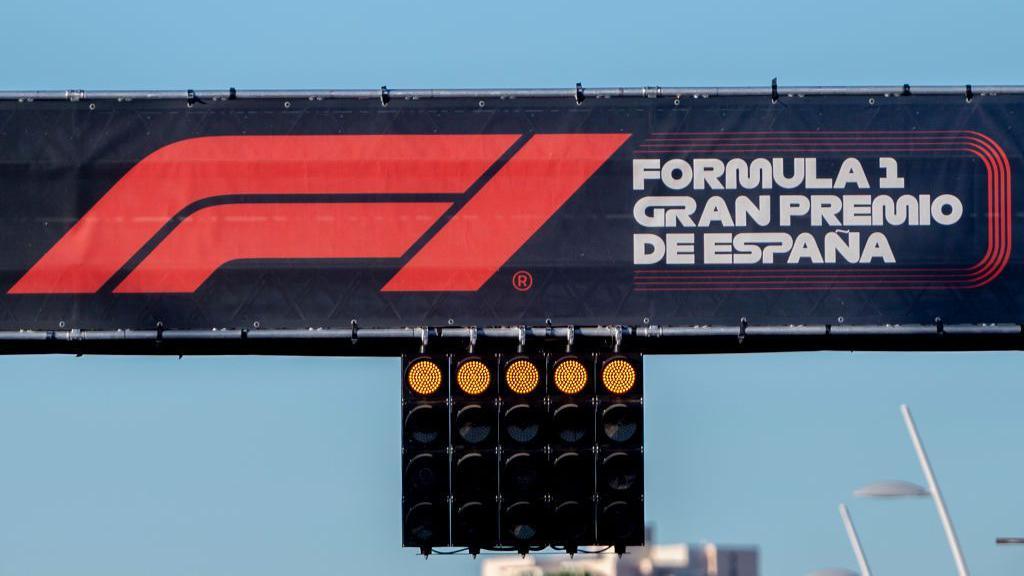The announcement of the Madrid Grand Prix has stirred excitement amongst Formula 1 enthusiasts as the iconic racing series expands its footprint. Set to take place from September 11 to 13, 2026, this new highlight will unfold over a 5.47km circuit established around the Ifema exhibition center, conveniently located between Madrid and Barajas Airport. The event marks Madrid’s debut on the F1 calendar, and it replaces the Emilia-Romagna Grand Prix held at Imola, Italy, in a schedule that maintains a total of 24 races.
This shift in the race calendar is not merely about introducing a new venue, but it also underscores a broader initiative aimed at enhancing logistical efficiency and reducing the sport’s carbon footprint. The changes were strategically integrated to streamline travel and minimize transportation emissions, echoing the sporting world’s increasing awareness of environmental responsibilities. The move away from Imola to Madrid is reflective of this commitment to sustainability and efficiency in F1.
In a further shake-up of the schedule, the Canadian Grand Prix has been rescheduled to take place on May 22-24, marking a significant adjustment from its traditional early June slot. With this rearrangement, fans can now anticipate a continuous European segment of the season that stretches from the Monaco Grand Prix on June 5-7 to the Madrid Grand Prix. This alteration also enhances the logistics of transporting equipment, as teams can move seamlessly from the Miami Grand Prix on May 1-3 directly to Canada, removing additional freight costs and carbon emissions.
Following the European leg, the season will transition to intercontinental races, beginning with the Azerbaijan Grand Prix on September 25-27. This schedule maintains continuity in F1’s operations while ensuring efficiency in the transportation of teams and equipment across continents.
Furthermore, F1 is trending towards renewed sustainability protocols, illustrated by the introduction of engines running on 100% sustainable fuels. This evolution not only reflects the series’s efforts toward more environmentally friendly practices but also bolsters the sport’s brand as a progressive and forward-looking entity. The engines’ innovation is emblematic of the changes in global motorsport, contrasting the traditional approaches with more sustainable and responsible practices.
The upcoming season kicks off in Melbourne, Australia, from March 6-8, wherein the Bahrain Grand Prix will follow on April 10-12. As Ramadan influences the use of the traditional April date for Bahrain, the Saudi Arabian race will occur a week later on April 17-19. Notably, although Bahrain and Saudi Arabia will have back-to-back races, there will be a gap of two weeks between the Chinese and Japanese Grands Prix after the Australian race, differing from this year’s tighter schedule.
Mid-season events include the British Grand Prix in Silverstone from July 3-5, coinciding with the conclusion of the Dutch Grand Prix at Zandvoort on August 21-23. The iconic race at Barcelona is slated for June 12-14, 2026, retaining a vital position before this year’s contract expires. The last stretch of the season features a series of races in the Americas, culminating in the Las Vegas Grand Prix from November 19-21, prior to the final races held in Qatar and Abu Dhabi, scheduled for November 27-29 and December 4-6, respectively.
In context, the 2026 F1 calendar nudges Formula 1 towards a more sustainable and efficient operation, enhancing fan experience and creating a system that accommodates modern environmental considerations while celebrating the thrilling spectacle that has become synonymous with F1 racing. The shifts and adjustments herald a promising chapter for the sport, where innovation intersects with the passionate cultural tapestry of each new venue.



